|
I incorporate the Active Isolated Stretching (AIS) method into my clients' programs,
along with dynamic warm-up movements and a few "old-school" static stretches. This technique was created by Kinesiotherapist
Aaron Mattes.
What is AIS? Why is it more effective than static stretching?
The Active Isolated Stretching (AIS) method of muscle lengthening and fascial release
is a type of Athletic Stretching Technique that provides effective, dynamic, facilitated stretching of major muscle groups,
but more importantly, AIS provides functional and physiological restoration of superficial and deep fascial planes.
Over
the past few decades many experts have advocated that stretching should last up to 60 seconds. For years, this prolonged
static stretching technique was the gold standard. However, prolonged static stretching actually decreases the blood
flow within the tissue creating localized ischemia and lactic acid buildup. This can potentially cause irritation or
injury of local muscular, tendinous, lymphatic, as well as neural tissues, similar to the effects and consequences of trauma
and overuse syndromes.
Aaron Mattes AIS Technique is an effective treatment for deep and superficial fascial release,
restoring proper fascial planes for optimal physiologic function. Performing an Active Isolated Stretch of no longer
than 2 seconds allows the target muscles to optimally lengthen without triggering the protective stretch reflex and subsequent
reciprocal antagonistic muscle contraction as the isolated muscle achieves a state of relaxation. These stretches provide
maximum benefit and can be accomplished without opposing tension or resulting trauma.
Below are suggestions for stretches that focus on muscle groups that tend to be
tight in most people: hamstrings, lats, hip flexors, and upper back/traps.
| AIS
Straight-Leg Hamstring (starting position) |
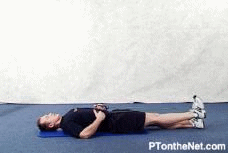
|
| AIS
Straight-Leg Hamsting (end position) |
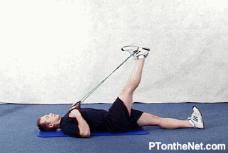
|
| Reach,
Roll, & Lift (starting position) |
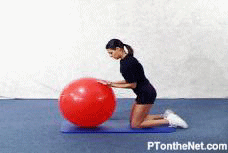
|
| Reach,
Roll, & Lift (end position) |
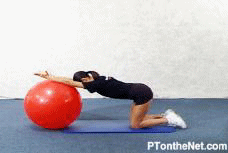
|
| Kneeling
Psoas (starting position) |
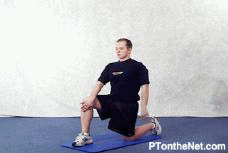
|
| Kneeling
Psoas (end position) |
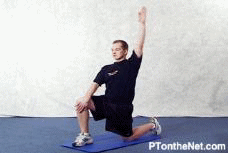
|
| Thread
the Needle |
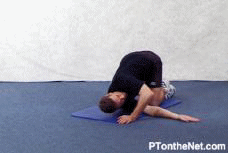
|
| AIS
Upper Trap |
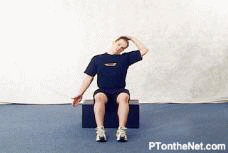
| |

